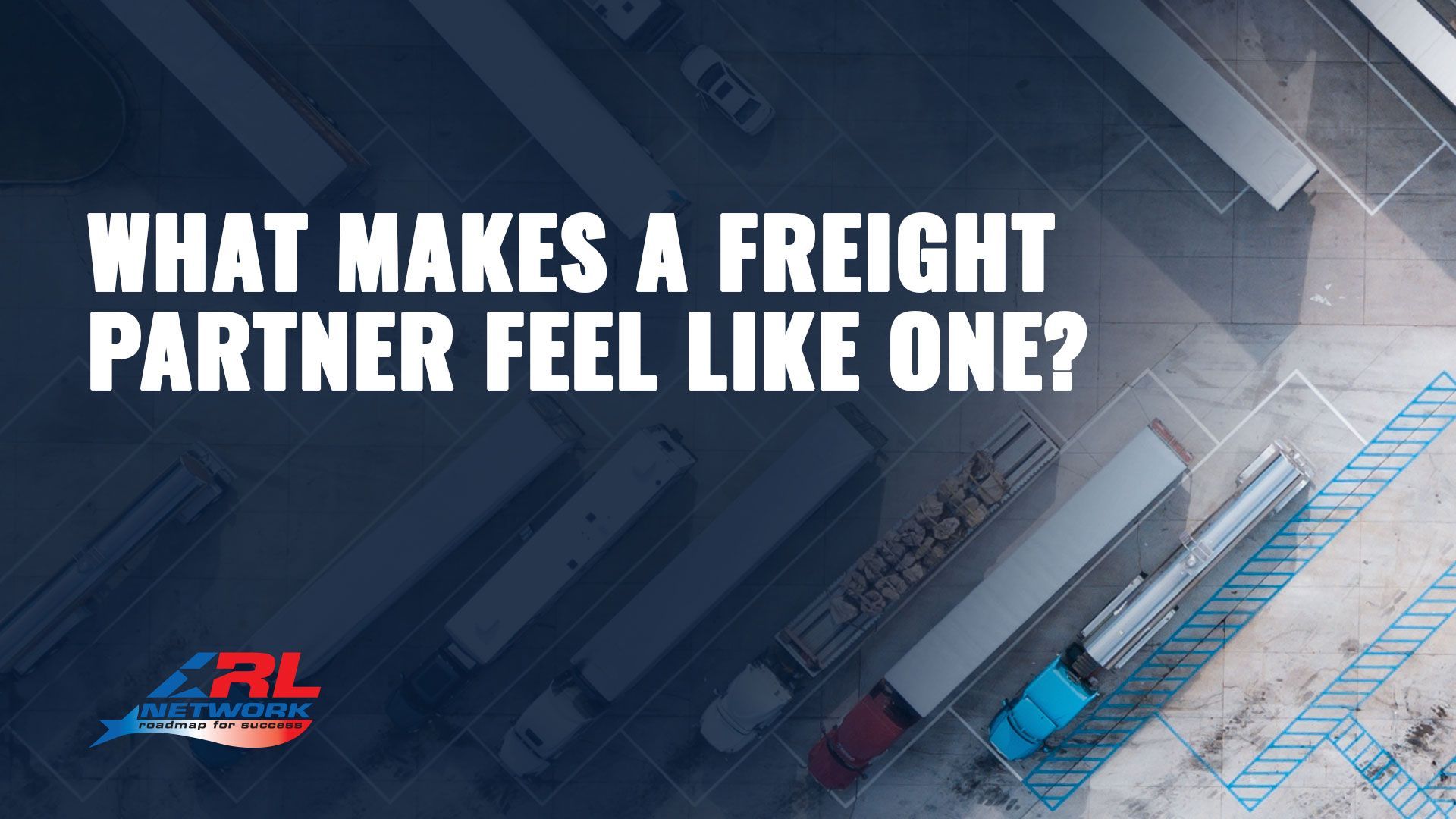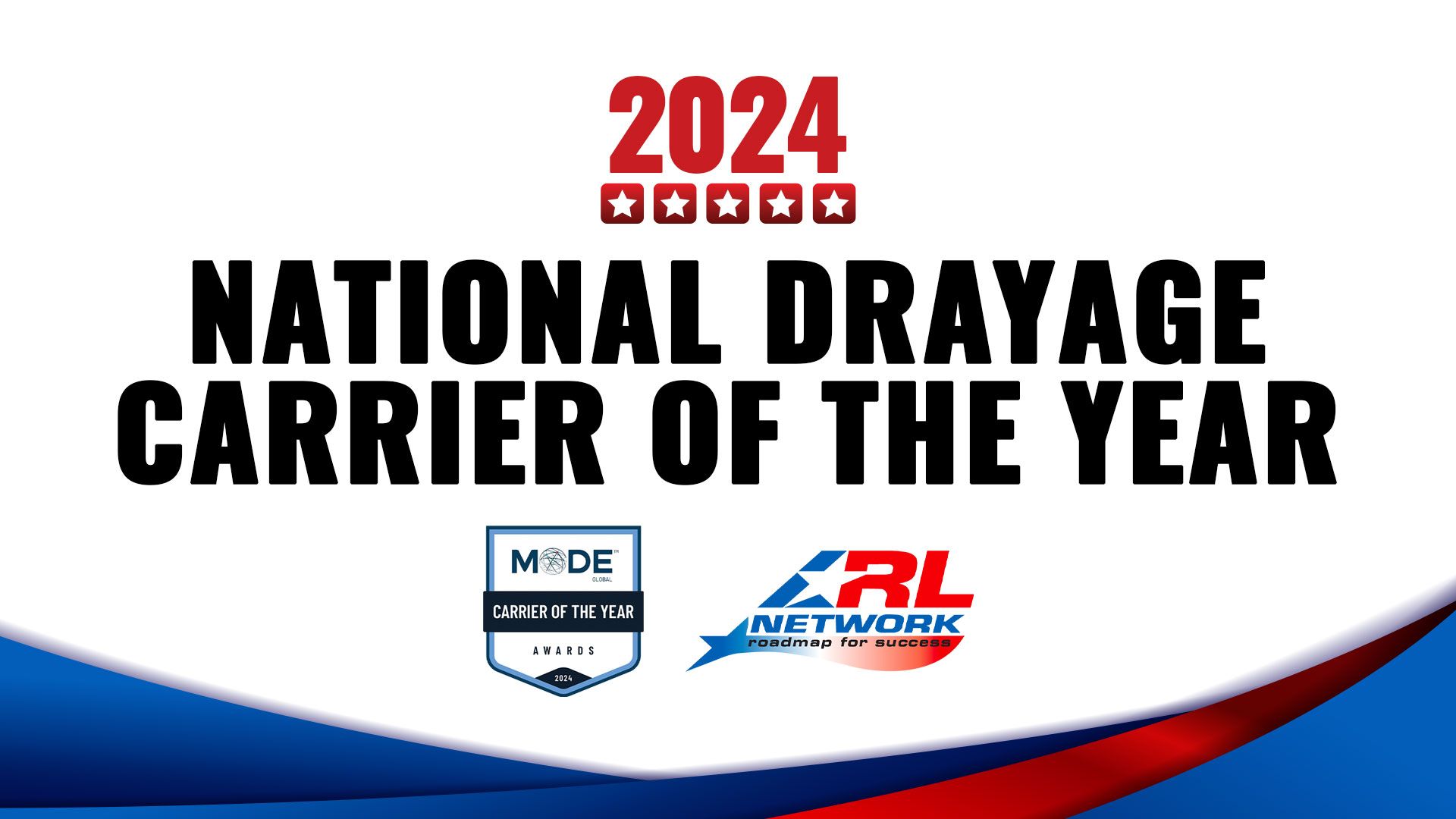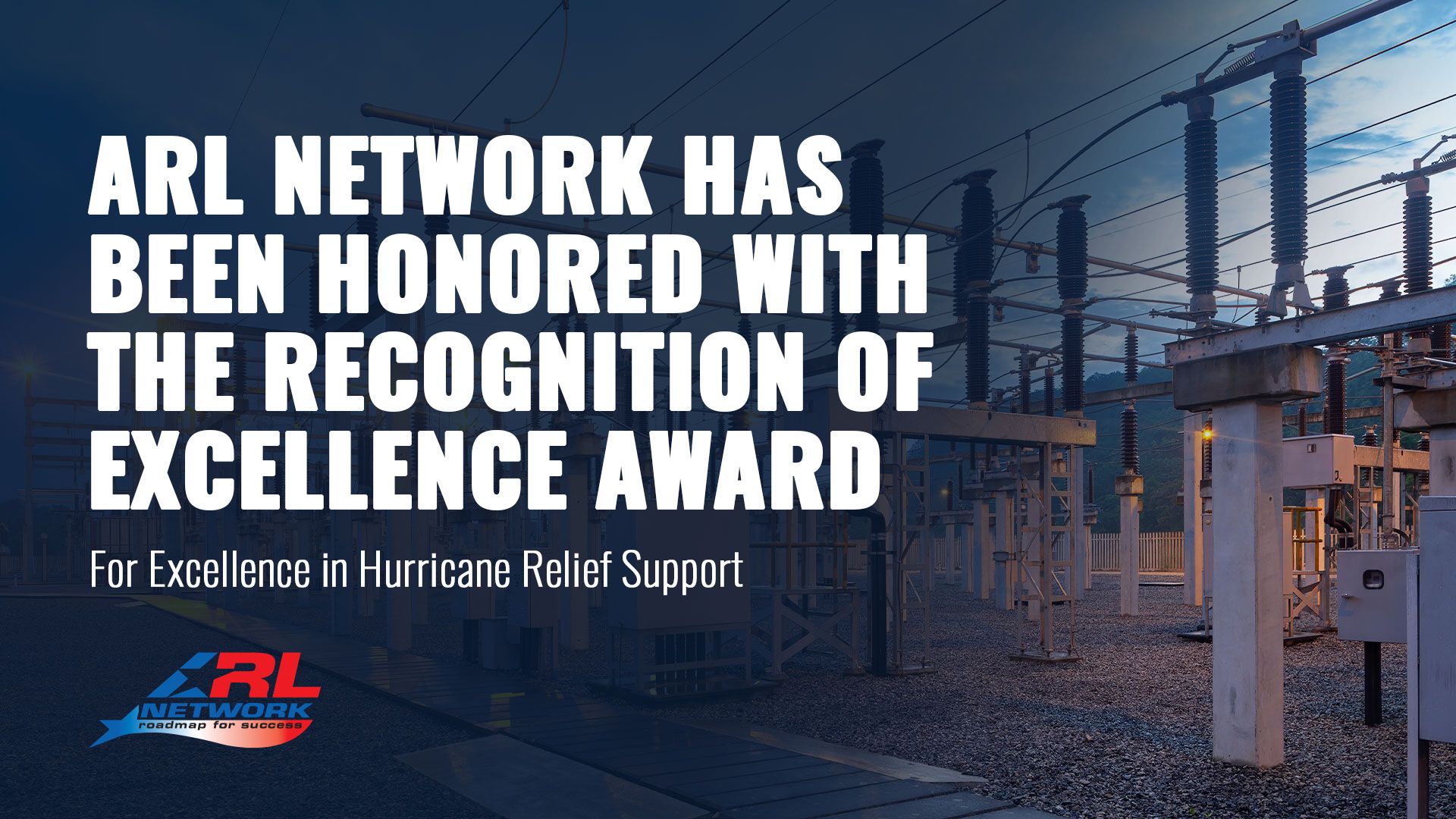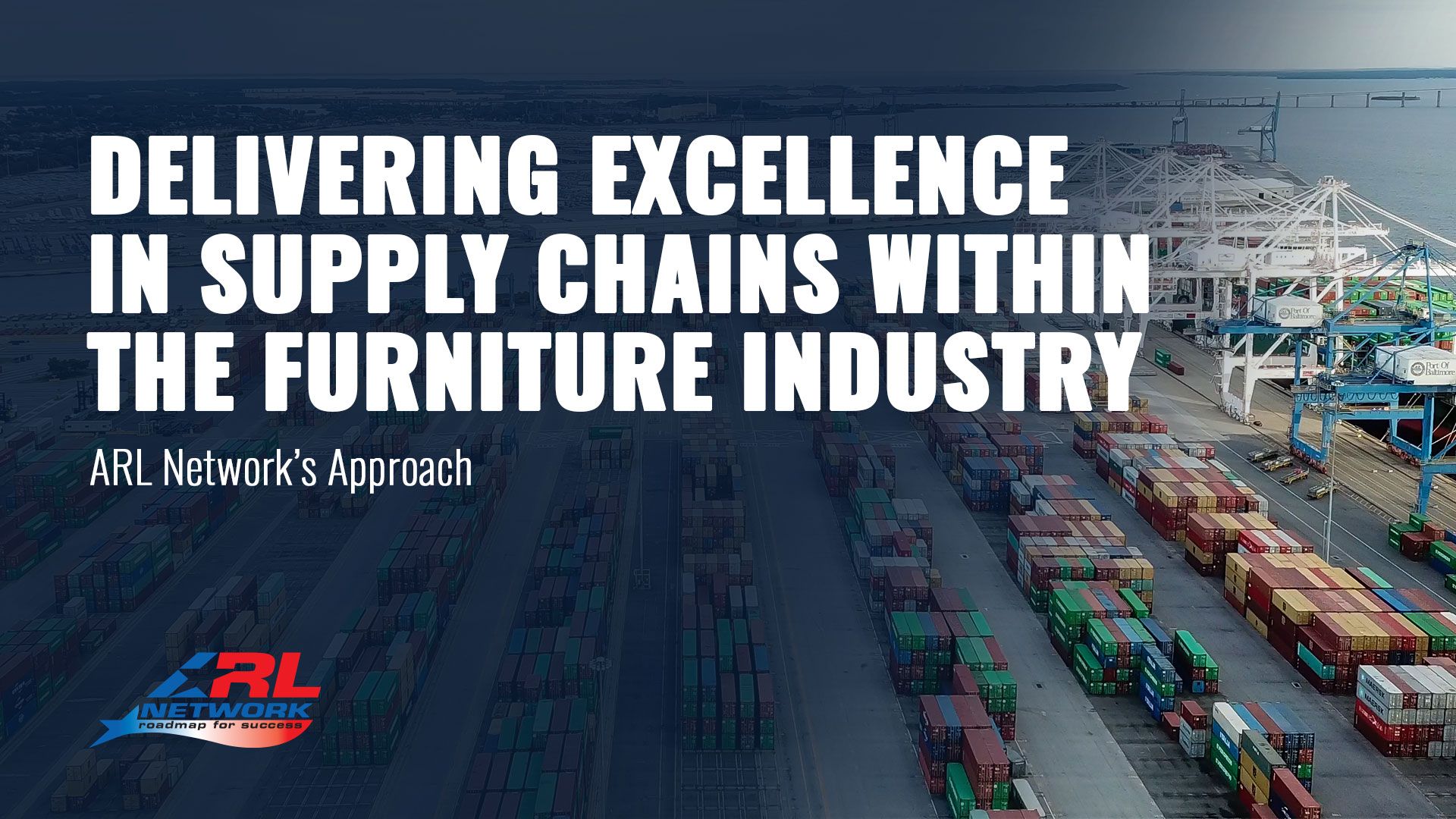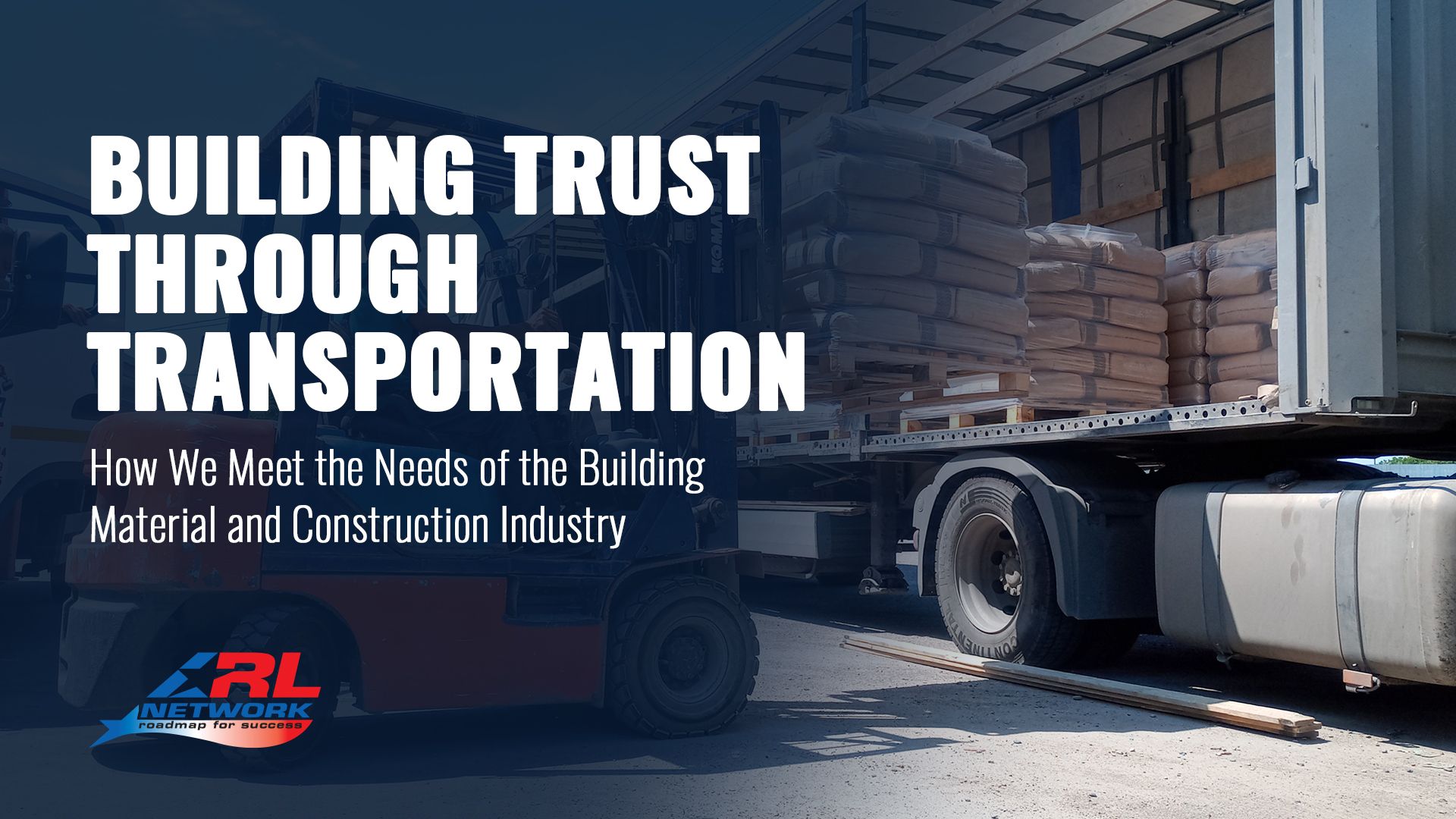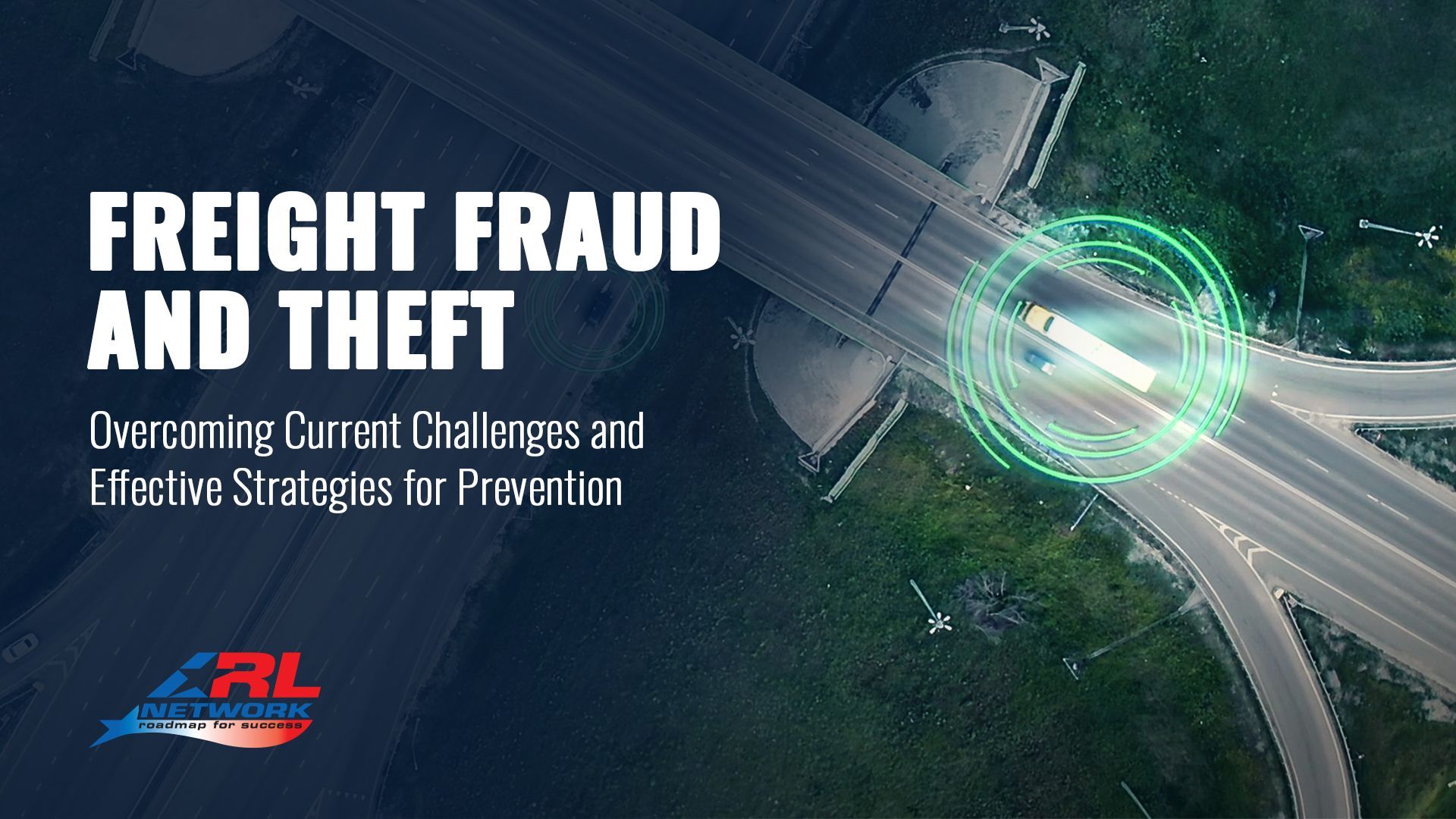Understanding the New U.S. Tariffs Taking Effect in April 2025
On April 2, 2025, the White House announced a major shift in trade policy under the International Emergency Economic Powers Act (IEEPA). A new round of tariffs will affect nearly all imported goods entering the U.S. starting
April 5, with additional
country-specific tariffs effective
April 9.
At ARL Network, we’re here to help our partners and customers understand what’s changing, how it may impact your shipments, and what you need to do to stay compliant and avoid unnecessary costs.
1. What’s Changing?
A. General 10% Tariff
Effective April 5, 2025 – 12:01 a.m. EST
- A
10% tariff applies to all imported goods from all countries, except exempted items and goods from certain trade agreements.
- Applies to goods
entered into the U.S. for consumption or
withdrawn from a warehouse.
- Exemption: Goods that were
loaded and in transit before April 5 are
not subject to this tariff.
B. Higher Country-Specific Tariffs
Effective April 9, 2025 – 12:01 a.m. EST
- Certain countries will face
tariffs higher than 10%, though the exact rates vary.
- Applies to goods
not in transit before April 9.
- Countries not listed with specific rates will remain under the 10% tariff.
ARL Network Recommendation: If your sourcing includes multiple regions, now is the time to verify transit dates and determine which shipments may be subject to higher tariffs. We can assist you with compliance reviews and updated routing strategies.
2. Who Is Exempt?
Canada & Mexico
- Compliant goods under USMCA: Remain
duty-free
(excluding autos and auto parts). - Non-compliant goods: Continue to face a
25% tariff.
- The 10% tariff does
not override USMCA or Section 232 rules.
Exempt Product Categories
The following items are
not affected by the new tariffs:
- Goods already subject to
Section 232 (e.g., steel, aluminum, autos and parts)
- Pharmaceuticals,
semiconductors,
copper,
lumber
- Energy/minerals not available in the U.S.
- Bullion
- National security items under
50 USC 1702(b)
- Products on the
April 3 exemption list (over 1,000 items)
ARL Network can help you cross-reference your product classifications against the exemption list.
3. What About Foreign Trade Zones (FTZs)?
For goods entering a U.S.
Foreign Trade Zone on or after April 9:
- They must be admitted as
Privileged Foreign Status, unless they qualify for
Domestic Status.
- This determines how duties will be assessed when goods are later entered for consumption.
ARL Network clients using FTZs should connect with their account rep to review updated procedures and ensure compliance.
4. How Should You Prepare?
Use this checklist to minimize disruption and control costs:
✅ Review Upcoming Imports
- Document shipment ETAs and vessel departure dates.
- Ensure goods in transit before April 5/9 are clearly identified.
✅ Check Country of Origin
- Determine whether sourcing countries fall under the
higher tariffs.
✅ Confirm Product Classification
- Verify HS codes and review against the
April 3 exemption list.
✅ Understand USMCA Compliance
- Confirm whether goods from Mexico/Canada are
USMCA-compliant.
- Remember:
Autos and auto parts are not exempt.
✅ Review FTZ Procedures
- Adjust FTZ admissions to meet
Privileged Foreign Status requirements as needed.
✅ Coordinate With Your ARL Rep or Broker
- Share key shipment timelines and documentation.
- We can help ensure correct entries post-April 5 and April 9.
5. Still Have Questions?
Now is the time to assess your imports, adjust your sourcing strategy, and ensure your documentation and classifications are up to date.
ARL Network is here to support you.
We can help you:
- Determine if your products are impacted
- Clarify FTZ or USMCA-related concerns
- Explore sourcing or routing alternatives
- Navigate documentation requirements for in-transit goods
Connect with your ARL team
to discuss how these changes affect your business and what steps to take now. We're committed to helping you stay ahead of regulatory shifts while keeping your supply chain running smoothly.
TALK TO US!
